Cieszyn
7.61
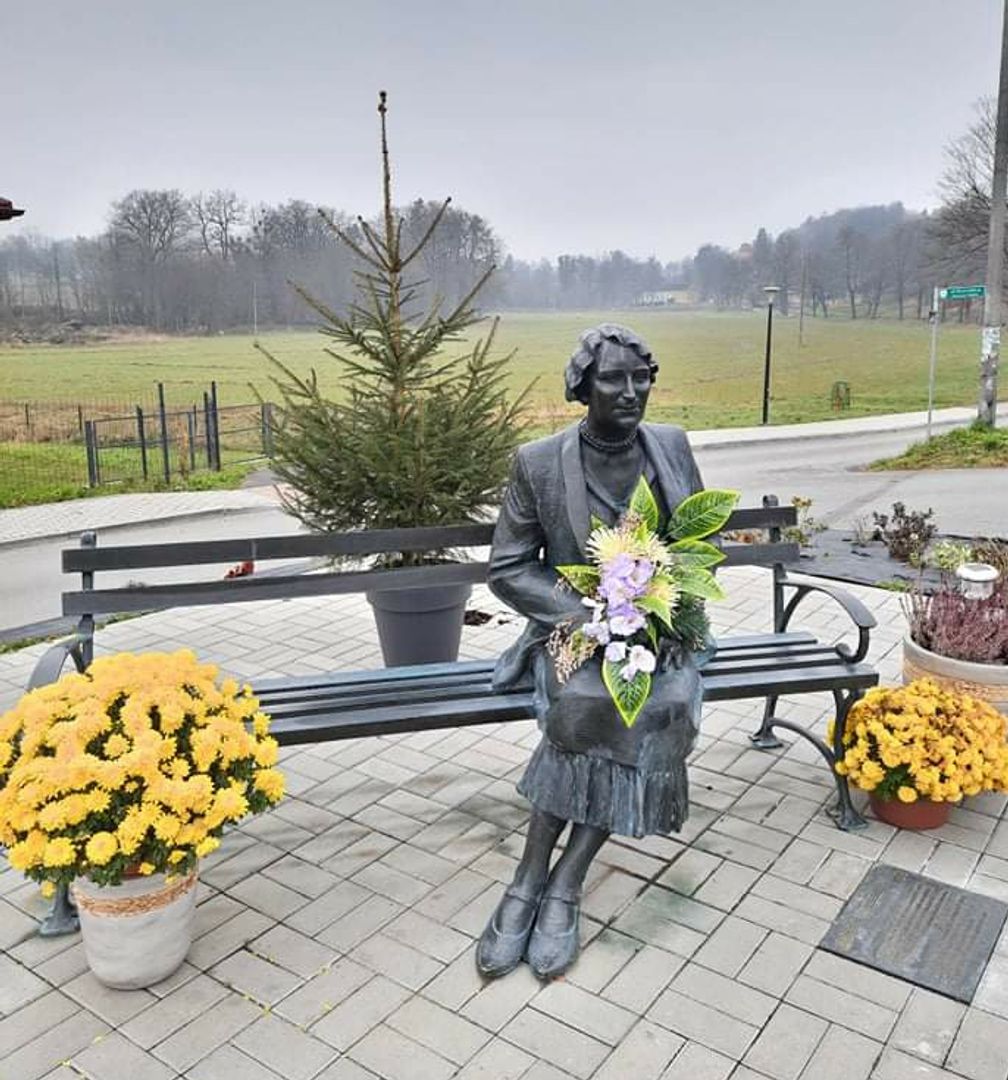
Overview
Cieszyn, a town located in southern Poland on the Olza River, has a rich history dating back to the 9th century, associated with the stronghold of the Golensizi tribe. In 1217, it was granted town rights, becoming the center of the Duchy of Cieszyn, which lasted until 1918. The town is divided into two parts: Polish Cieszyn and Czech Český Těšín, with the former having a homogeneous ethnic structure and religious diversity dominated by Catholicism and Lutheranism. Cieszyn was an important railway and trade hub, and its architecture combines Gothic, Renaissance, and Baroque elements. Notable sites include the Romanesque rotunda of St. Nicholas on Castle Hill, the Gothic castle tower, and the Church of Jesus, the largest Evangelical-Augsburg church in Poland. The town is home to the Museum of Cieszyn Silesia, one of the oldest public museums in the country. Cieszyn also hosts numerous cultural festivals, such as the International Theatre Festival "BEZ GRANIC" and the film review "Kino na Granicy". An interesting local legend tells of the town's founding by three brothers at a spring known as the Well of the Three Brothers. Today, Cieszyn is an important cultural center with dynamic social and tourist life, attracting visitors with its beautiful market square and rich cultural heritage. Throughout its history, Cieszyn has undergone many changes and survived numerous upheavals, but its unique atmosphere and history continue to attract both residents and tourists.
Location
You can also find here:
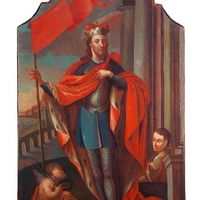
St. Nicholas Rotunda in Cieszyn
8.33
Cieszyn
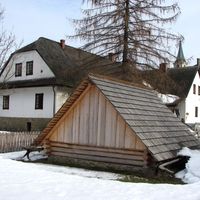
Museum of Cieszyn Silesia
8.22
Cieszyn
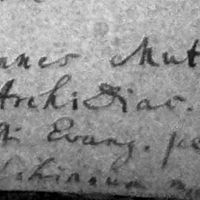
Jesus Church in Cieszyn
7.87
Cieszyn
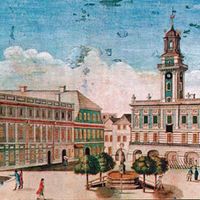
Cieszyn Town Hall
7.68
Cieszyn
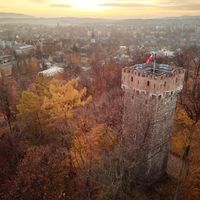
Piast Tower in Cieszyn
7.32
Cieszyn
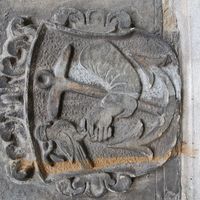
Holy Trinity Church in Cieszyn
7.24
Cieszyn
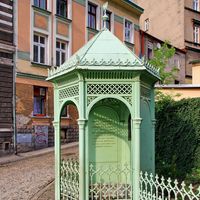
The Well of the Three Brothers
6.98
Cieszyn
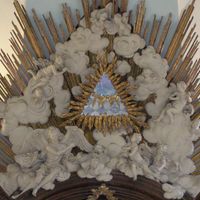
St. Mary Magdalene Church in Cieszyn
6.94
Cieszyn
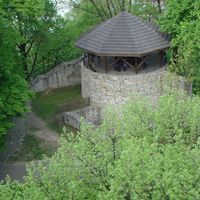
Cieszyn Castle Hill
6.87
Cieszyn
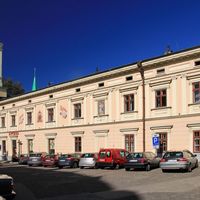
The monastery complex of the Brothers Hospitallers in Cieszyn
6.71
Cieszyn
2025 Wizytor | All Rights Reserved